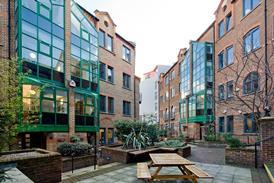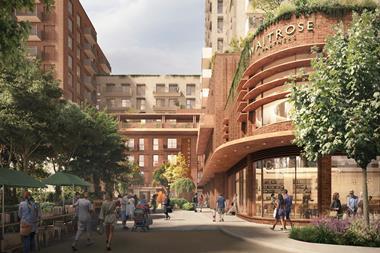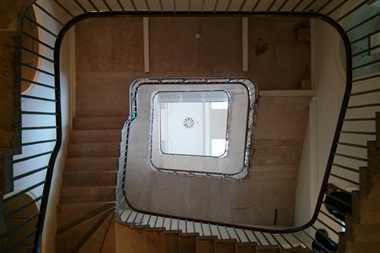The terrible aftermath of last week’s earthquake has been difficult to watch on our TV screens. The scale of the tragedy, which has claimed more than 40,000 lives in Turkey and Syria, is numbing. It is impossible to imagine how it feels to witness or experience such devastation first hand.

But at the same time, the piles of rubble and ashen-faced families may feel far-off – detached from our own lives here in the UK. It is a disaster undoubtedly worsened by negligence, corruption and lax building controls, in distant foreign lands where the severe risk of seismic activity has gone unheeded.
Well, we should not be so complacent. As the Grenfell Tower tragedy brought home in 2017, the UK has been guilty of similar sins. And almost six years on, we are still only part way through making amends.
This week the mayor of London pre-empted a government consultation on the risks posed by single staircases in high-rise residential blocks. The 24 floors of Grenfell Tower were provided with just the one flight of stairs, a design that contributed to the deadly ‘stay-put’ policy in force on the night of the fire.
The government consultation runs until 17 March this year, but Sadiq Khan has decided to amend London’s planning policies immediately. Rules now require a second independent staircase in all new residential planning applications for buildings over 30m in height – matching the government’s preferred outcome for a new national policy. Scotland has already gone further still and introduced an 18m limit.
The consultation covers only England and sets out four options for the vertical cut-off, at 11m, 18m, 30m and 50m, and notes: “Where other countries set a maximum height for the provision of single stairs, this ranges from 18m to 75m in height.”
Perhaps a lax survey of national building codes led to the omission of Canada, which since 1941 has required a second means of egress for any multi-unit residential building of more than two storeys, or about 6m. Ireland has also been overlooked, where single-staircase limits come in at 10m. There is also a three-storey limit across much of the US (about 9m). And there are sub-18m cut-offs in Japan, the Netherlands, India and the UAE.
I recently discussed the second-staircase issue with a senior architect of Canadian origin, who confided that architects from many different territories can scarcely believe it when they learn that the UK currently has no limit on how high up people can be housed with just a single staircase, far beyond the reach of fire-brigade ladders. And indeed an 18m limit is favoured by Britain’s fire chiefs.
Clearly, there is plenty of scope for improvement in the way UK buildings protect occupants’ lives.
As we report, the London mayor’s sudden decision will lead to anger and dismay among developers faced with this unexpected new restriction, which may in some cases completely undermine the viability of schemes. They may feel particularly aggrieved given the government consultation sought views on transitional arrangements, and acknowledged that a 30m limit would impose costs of £1.6bn on businesses over 10 years.
I sympathise with the plight of developers caught up in any unforeseen shift in the rules. But as people still pick through the rubble in Turkey and Syria, we are forcefully reminded that dangerous buildings put more at stake than money.






























No comments yet